The True Stories of 5 Mystery Planets
Unseen planets
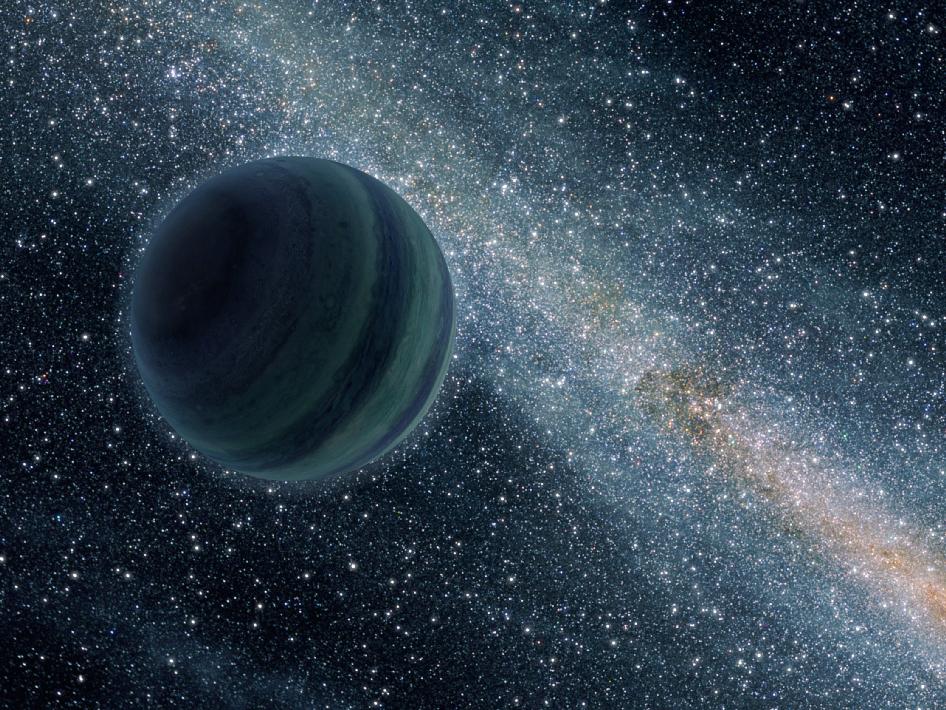
Astronomers have long been predicting the existence of hidden planets at the farthest reaches of the solar system. Motivated by the desire to solve a cosmic mystery, as well as, perhaps, the glory of having their name forever associated with the discovery of a new planet, these astronomers' grand predictions have in some cases been borne out, and in others, met with failure. See examples of both in the following slides.
Uranus' neighbor
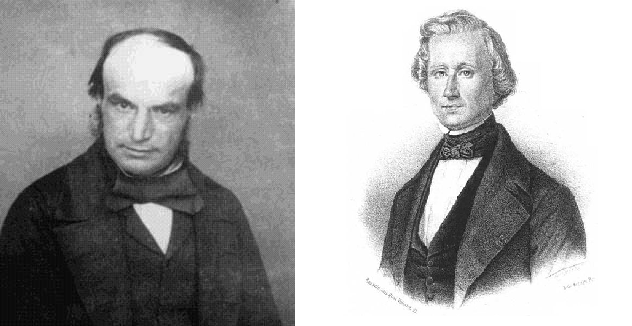
The prediction: Early in the 19th century, several astronomers independently observed that Uranus was deviating from the path around the sun that would be expected based on the gravitational pulls of all the known objects in the solar system. In 1843, the British astronomer John Couch Adams (left) predicted the existence of a new planet to explain the anomaly a planet that was gravitationally tugging on Uranus, perturbing its orbit. Two years later, Urbain Le Verrier (right), independently of Adams, developed his own calculations of this missing planet's characteristics, and his description of it aligned well with Adams'. Soon, astronomers the world over were scouring the skies for this new planet.
Uranus' neighbor
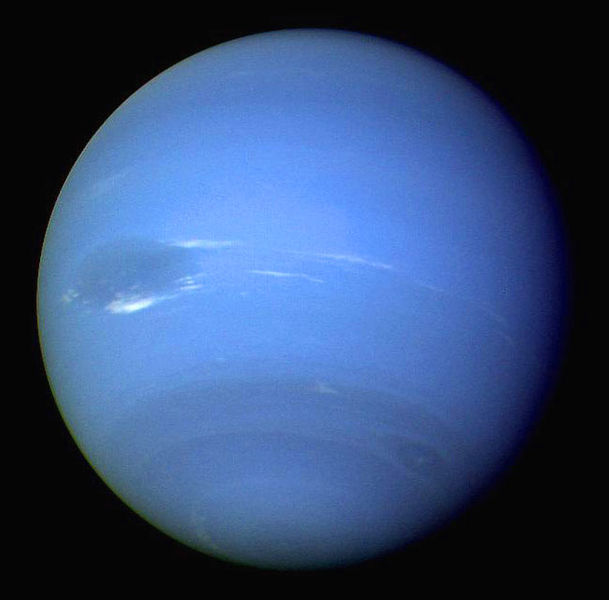
The verdict: In 1846, a planet was discovered within 1
Planet X
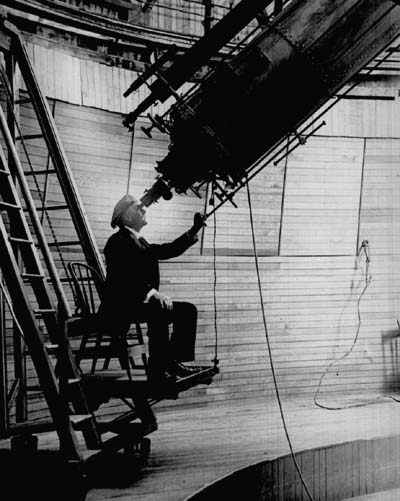
The prediction: Not long after Neptune was discovered, astronomers started speculating that there might be another planet even farther out. At the start of the 20th century, the American astronomer Percival Lowell began his quest for such an outlier, which he called Planet X. Lowell proposed the Planet X hypothesis to explain apparent discrepancies in the orbits of the gas giants, particularly Uranus and Neptune, speculating that they were being swayed by the gravity of an unseen ninth planet. The search for Planet X consumed many scientists for much of the century.
Planet X
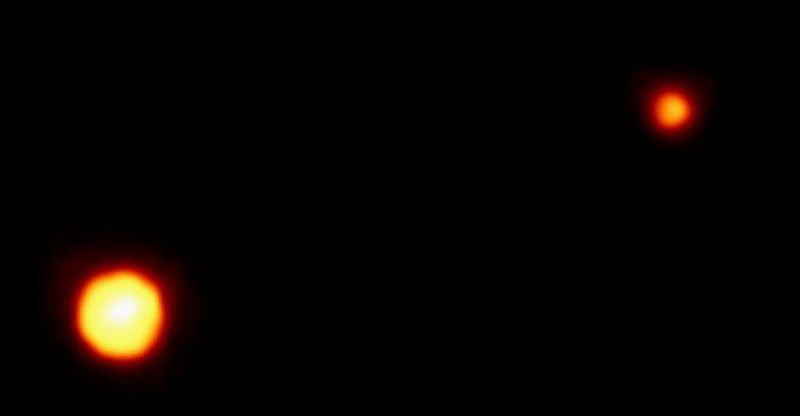
The verdict: Pluto was spotted in 1930, appearing to validate Lowell's Planet X hypothesis, and Pluto was officially considered the ninth planet until 2006 (when it was demoted to "dwarf planet" status). However, in 1978, Pluto was found to be too small for its gravity to affect the gas giants, causing a renaissance of the Planet X idea, and further searching for a tenth planet. But Planet X was finally exed out in the early 1990s, when measurements made by the Voyager 2 spacecraft proved that the irregularities observed in the gas giants' orbits were attributable to a slight overestimation of Neptune's mass, not a missing planet. Pluto and its largest moon, Charon, are pictured.
Bringer of doom
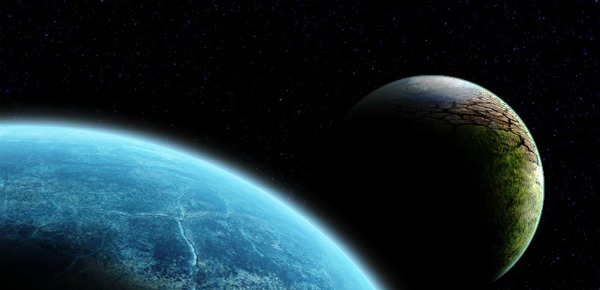
The prediction: Back in 1995, Nancy Lieder, a self-described "contactee," predicted that doomsday will soon result from a collision between Earth and a huge, hidden planet lurking at the outskirts of the solar system. Lieder, who claims she has the ability to receive alien messages through an implant in her brain, connected her mystery planet hypothesis to that of a writer named Zecharia Sitchin. In 1976, Sitchin grossly mistranslated ancient Sumerian texts as stating that humans evolved on a distant planet called Nibiru, and came to Earth by way of a planetary collision in the ancient past. Today, countless people believe Nibiru is swinging in from the outer solar system yet again, and there are an estimated 2 million websites discussing the impending Nibiru-Earth collision.
Bringer of doom

The verdict: As far as astronomers are concerned, Nibiru is bunk. There is no evidence of the existence of a huge planet on an orbit that causes it to swing into the inner solar system every 3,600 years, but remain beyond the orbit of Pluto the rest of the time (as Sitchin suggested). In fact, such an orbit would be unstable, and is thus theoretically impossible.
Sign up for the Live Science daily newsletter now
Get the world’s most fascinating discoveries delivered straight to your inbox.
Gentle giant
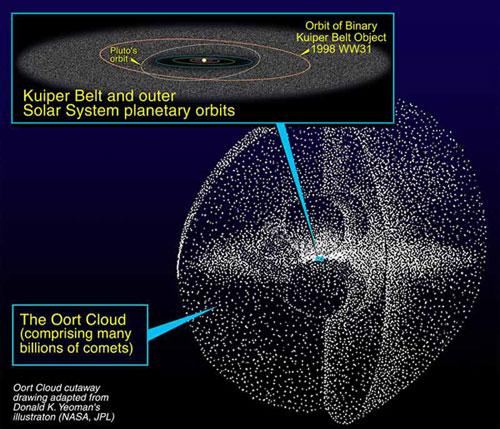
The prediction: In 1999, and again with revised calculations in 2011, two astronomers at the University of Lousiana-Lafayette grabbed media attention by claiming that a planet four times the size of Jupiter may be lurking in the outer solar system. They call the planet Tyche. John Matese and Daniel Whitmire suggest that the giant planet's presence in a far-flung region of the solar system called the Oort cloud would explain the unusual orbital paths of a few comets that originate there. Many doomsday believers now think Tyche and Nibiru are one and the same, and that this giant planet will someday swing sunward and collide with Earth.
Gentle giant

The verdict: Although the verdict is technically still out, there is serious skepticism about the existence of Tyche among noted members of the astronomy community. The evidence that some Oort cloud comets have peculiar orbits is itself pretty weak, and may be statistically insignificant, they say. As Hal Levison, a planetary scientist at the Southwest Research Institute in Boulder, Colo., put it, "I really think he did his statistics wrong. Incredible claims require incredible proof and I really believe that he doesn't understand how to do this statistical analysis correctly."
Neptune's twin

The prediction: This month, noted astronomer Rodney Gomes of the National Observatory of Brazil in Rio de Janeiro released new computer models suggesting there may be a Neptune-size planet at the outskirts of the solar system. His models show that this planet could explain the mysterious, highly elongated orbits of certain objects in the "scattered disc," a collection of icy bodies beyond Neptune, including that of the dwarf planet Sedna. Gomes says the existence of an unseen planet is the simplest way to account for these objects' motions.
Neptune's twin

The verdict: Extraordinary claims require extraordinary evidence, and Gomes' hypothetical planet won't be crowned as "real" anytime soon. According to other astronomers, his computational work is compelling and reliable, but other explanations for the anomalous orbits of Sedna and the other distant objects will have to be ruled out before the existence of a new planet is accepted. And the final proof is in the pudding: astronomers will have to spot the planet through their telescopes.











